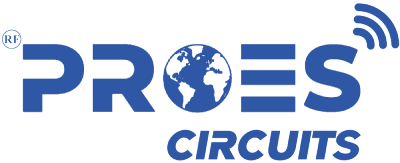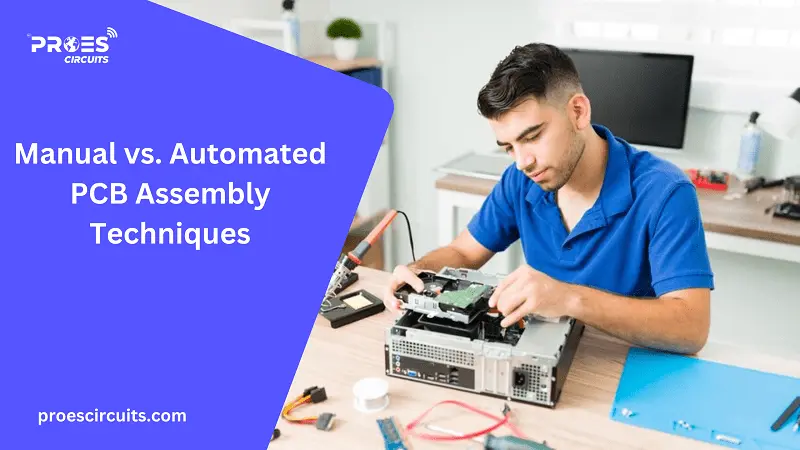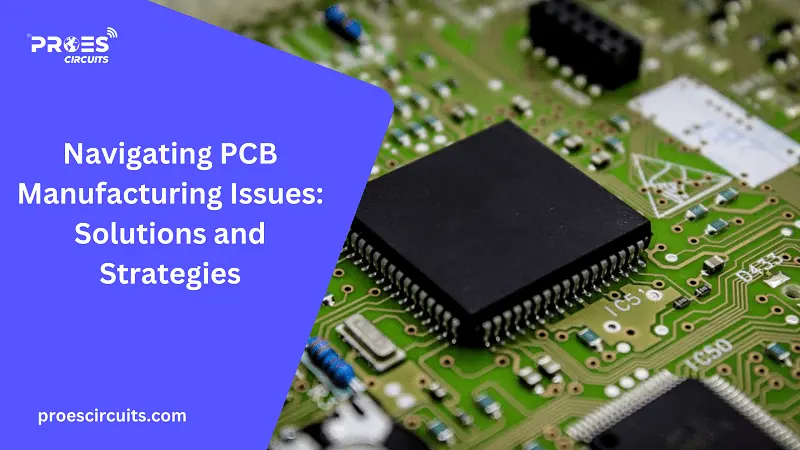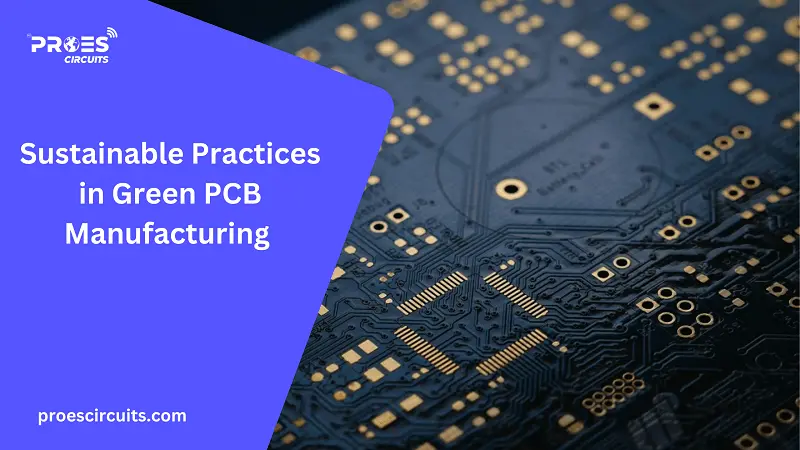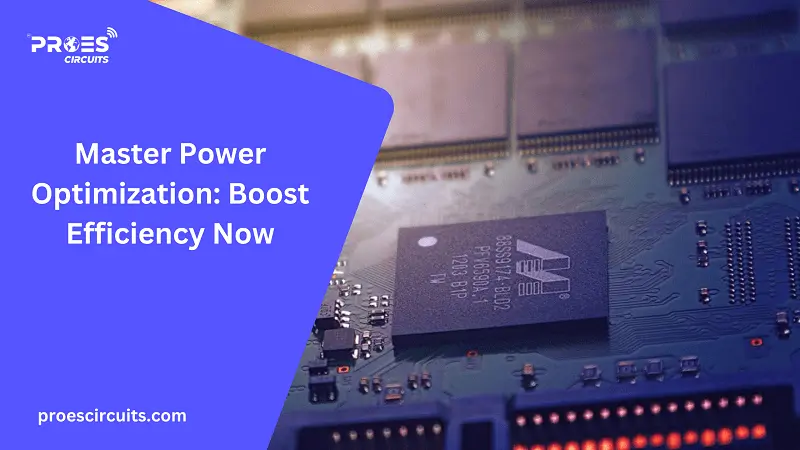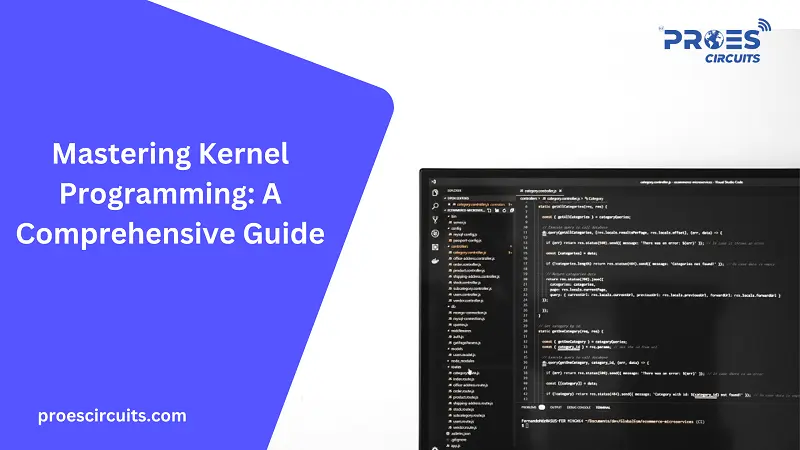Introduction
Printed Circuit Boards (PCBs) are the foundation of modern electronics, playing a crucial role in the functionality and performance of a wide range of devices, from simple household appliances to complex industrial machinery. These boards serve as the platform for mounting electronic components in a predetermined architecture, ensuring that each element functions in harmony with others to deliver the desired electronic capabilities. As technology advances, the complexity of PCBs and the precision required in placing components have significantly increased, making the PCB assembly process more critical than ever.
PCB assembly techniques, the stage in electronics manufacturing where components are securely attached to the board, is a process that can be approached in two primary ways: manually or through automated systems. Manual assembly relies on human technicians to place and solder components onto the PCB, while automated assembly utilizes sophisticated machinery to perform these tasks with high precision. Each method offers distinct advantages and presents unique challenges, making the choice between manual and automated PCB assembly techniques a key consideration for manufacturers. This decision impacts not only the efficiency and cost-effectiveness of the production process, but also the quality and reliability of the final product, highlighting the importance of understanding the nuances of each approach in the context of specific manufacturing goals and constraints.
Understanding PCB Assembly
The PCB assembly process is a meticulous procedure that transforms a bare circuit board into a fully functional component of an electronic device. This process involves several critical steps, beginning with the application of solder paste to the board, followed by the placement of electronic components onto the paste. The assembly is then subjected to a reflow soldering process, where the board is heated to melt the solder and create solid connections between the components and the board. Finally, inspection and testing are conducted to ensure the assembly meets all specifications and performs as required.
Accuracy in attaching electronic components to the PCB is paramount for ensuring the functionality and reliability of the final product. Any misalignment or improper soldering can lead to circuit failures, affecting the device’s performance and lifespan. Consequently, the choice between manual and automated assembly techniques becomes crucial, as it directly influences the efficiency, cost, and quality of production.
Manual assembly, while flexible and adaptable, relies heavily on the skill and precision of technicians, making it more susceptible to human error. It is best suited for low-volume or prototype productions, where the high cost and setup time of automation cannot be justified. In contrast, automated assembly, utilizing sophisticated machinery like pick-and-place robots and automated soldering systems, offers unparalleled precision and speed. This method is ideal for high-volume productions, where consistency and throughput are critical. However, the initial investment and ongoing maintenance costs can be substantial.
The choice between manual and automated PCB assembly techniques hinges on balancing these factors—efficiency, cost, and quality—to meet the specific requirements of each project. Manufacturers must carefully consider their production volumes, the complexity of PCB designs, and budget constraints to select the most appropriate and cost-effective assembly method.
Manual PCB Assembly: Pros and Cons
Manual PCB Assembly Pros:
Manual PCB assembly holds a significant advantage in its flexibility, making it highly suitable for small-scale productions or prototype development. This method allows for quick adaptations to design changes or corrections without the need for reprogramming machines or halting production lines, facilitating a dynamic development process. It is particularly beneficial for custom or specialized projects where unique or non-standard components are used, as technicians can manually adjust their techniques to accommodate these variations. Moreover, the lower initial setup costs compared to automated systems make manual assembly an accessible option for startups and small businesses with limited budgets.
Manual PCB Assembly Cons:
However, manual assembly is not without its limitations. The reliance on human precision introduces the potential for errors, such as misplacement of components or inconsistent soldering, which can affect the functionality and reliability of the PCB. Production times are inherently slower with manual processes, making it less efficient for meeting high-volume demands. Additionally, maintaining consistency and quality across large production runs can be challenging, as minor variations in technique from one technician to another can lead to variability in the final product. These factors necessitate a careful balance between the bespoke advantages of manual assembly and the need for efficiency and uniformity in PCB production.
Automated PCB Assembly: Pros and Cons
Automated PCB Assembly Pros
Automated PCB assembly shines in its ability to significantly boost production speed, consistency, and precision. Advanced machinery, such as pick-and-place robots, can place components with remarkable accuracy and at a fraction of the time it takes a human technician, making it ideal for high-volume manufacturing. The automation process ensures a high level of consistency, as each PCB is assembled under identical conditions, minimizing the variability seen in manual assembly. This method excels in handling complex component placements, including tiny or densely packed parts, with precision that manual techniques cannot match. The repeatability and reliability of automated systems contribute to reduced defect rates and increased overall product quality.
Automated PCB Assembly Cons
Despite these advantages, automated PCB assembly comes with its own set of drawbacks. The most notable is the high initial investment required for the machinery and setup. This cost can be prohibitive for small businesses or for projects with low production runs, where the expense cannot be easily recouped. Additionally, automated systems require programming for each new design, adding time and complexity to the setup process. Ongoing maintenance and updates to the machinery also contribute to operational costs. For these reasons, while automation offers unparalleled efficiency and accuracy for large-scale production, it may not be the most cost-effective option for smaller projects with limited budgets or for those requiring frequent design changes.
Choosing Between Manual and Automated Assembly
The decision between manual and automated PCB assembly is influenced by a multitude of factors, each playing a critical role in determining the most suitable method for a given project. Production volume stands as one of the primary considerations; for small-scale projects or prototypes, manual assembly might be more cost-effective, whereas automated assembly is typically the go-to for high-volume manufacturing due to its speed and consistency. The complexity of the PCB design also weighs heavily on this decision. Complex boards requiring high-precision component placement are often better suited to automated processes, which can accurately handle intricate designs and tiny components.
Cost considerations extend beyond the initial investment in machinery for automated assembly; they also encompass the potential savings in labor and the reduction in errors—and thus waste—over time. However, for projects with limited budgets or those requiring significant flexibility to accommodate design changes, manual assembly might prove more economical.
Additionally, the specific requirements of the project, such as the turnaround time, quality standards, and any unique component considerations, must be carefully evaluated. Choosing between manual and automated assembly requires balancing these factors—efficiency, cost, and quality—to align with the project’s objectives and constraints, ensuring the selection of the most appropriate method for achieving optimal results.
The Future of PCB Assembly: A Blended Approach
As the electronics industry continues to evolve, a blended approach to PCB assembly is emerging as a future trend. This approach combines the flexibility of manual assembly with the efficiency and precision of automated processes, offering a versatile solution capable of accommodating a wide range of production needs. Semi-automated processes are gaining traction, where critical tasks are automated for consistency and speed, while manual techniques are employed for complex or bespoke operations. This hybrid model allows manufacturers to optimize production for different scales and complexities, ensuring high-quality outputs while maintaining cost-effectiveness and adaptability to design changes.
Conclusion
Throughout the discussion, it’s evident that both manual and automated PCB assembly techniques hold valuable places in the electronics manufacturing industry. Each method comes with its own set of advantages and challenges, making the choice highly dependent on specific project requirements, including production volume, PCB complexity, cost considerations, and quality objectives. As the field of electronics continues to advance, manufacturers are encouraged to stay adaptable, considering a blended approach to assembly that leverages the strengths of both manual and automated processes. Embracing evolving technologies and methodologies in PCB assembly is crucial for meeting the demands of a rapidly changing market, ensuring the production of reliable, high-quality electronic components.
